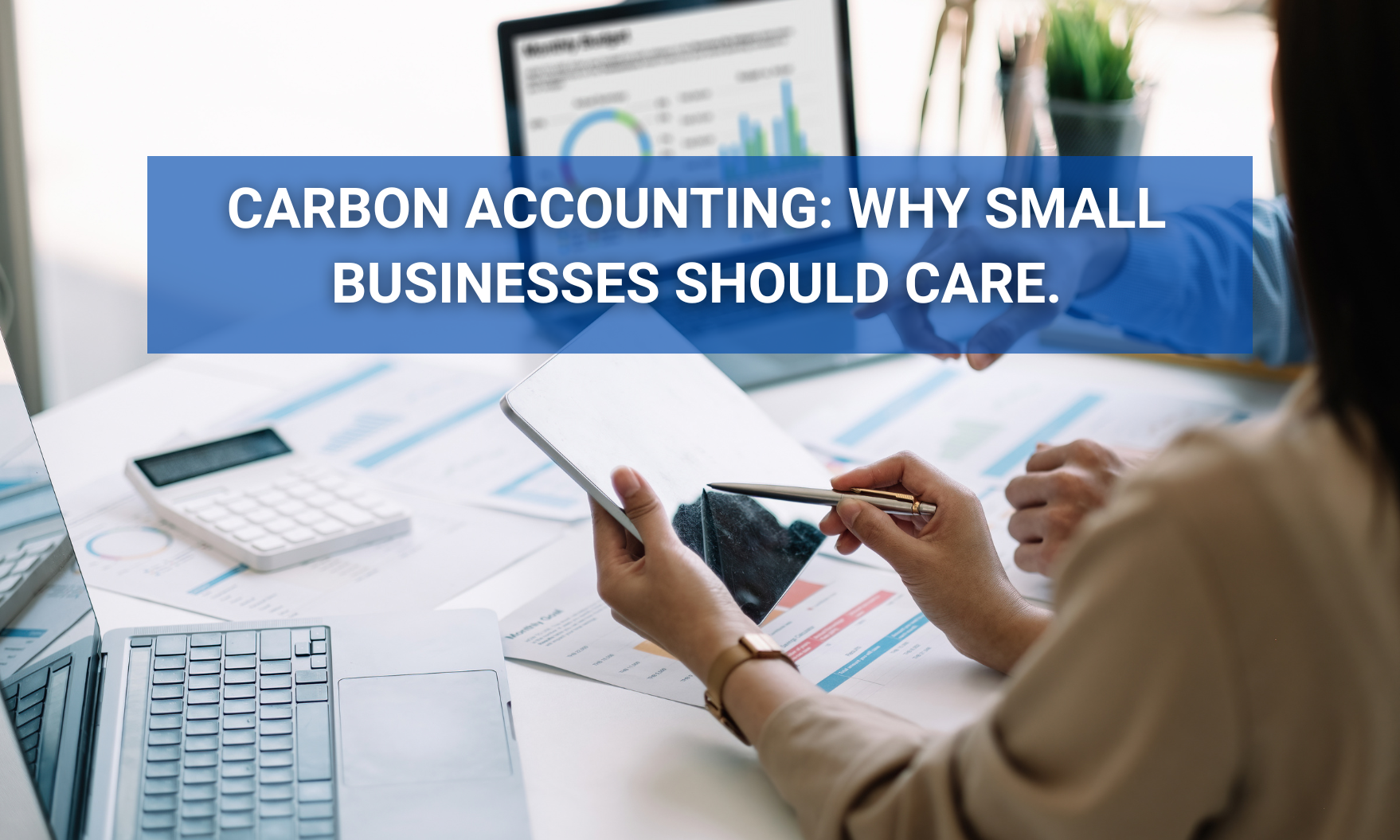Carbon Accounting: Why Small Businesses Should Care
If you run a small business, you’re probably juggling a thousand things—inventory, payroll, marketing, customer service… the list never ends. So when someone brings up *carbon accounting*, it might sound like just another buzzword to ignore. But here’s the deal: carbon accounting isn’t just for big corporations with sustainability departments. It’s becoming essential for **every** business, no matter the size. And it might just give your business the edge you didn’t know you needed.
Let’s break it down in plain English.
What is Carbon Accounting?
The Basics Explained
Carbon accounting, also known as greenhouse gas (GHG) accounting, is all about measuring the carbon emissions your business creates. Think of it like tracking your expenses, but instead of dollars and cents, you’re tracking CO₂ and other greenhouse gases.
Scope 1, 2, and 3 Emissions
Ever heard someone mention “Scope 1, 2, and 3 emissions” and nodded along cluelessly? You’re not alone. Here’s a simple breakdown:
Scope 1: Direct Emissions
These come straight from sources your business owns or controls—like a delivery van or a company boiler.
Scope 2: Indirect Energy Emissions
These are emissions from the electricity or energy you purchase to run your business. That cozy lighting and heating? That’s Scope 2.
Scope 3: Everything Else
This one’s the trickiest. It includes emissions from things like your supply chain, waste, employee travel, and product use. Basically, anything connected to your business, even if you don’t directly control it.
Why It Matters for the Planet
Global Warming and Business Responsibility
We all know the Earth is heating up. Wildfires, floods, and freak weather aren’t just the plot of disaster movies anymore. Businesses, big and small, are responsible for a chunk of these emissions—and therefore, part of the solution.
Your Role in a Greener Future
Don’t underestimate your impact. Imagine if **every small business in the world made a tiny change. It would add up to a massive shift. You’re not just running a business; you’re part of a global ecosystem.
The Small Business Perspective
“But I’m Just a Small Fish…”
We get it. You’re not Amazon or Google. But small businesses collectively have a big carbon footprint. Ignoring it won’t make it disappear. Starting small can lead to major positive change—not just for the planet but also for your bottom line.
Real-World Impact: More Than You Think
From waste management to transportation, your day-to-day operations have ripple effects. Think about it: cutting down on single-use plastics or sourcing local materials doesn’t just feel good—it actually reduces emissions.
Benefits of Carbon Accounting for Small Businesses
Cost Savings and Efficiency
When you track emissions, you often uncover waste and inefficiencies. Maybe your delivery routes could be shorter. Maybe your lights stay on overnight for no reason. Cutting emissions often cuts costs, too.
Building a Greener Brand
Customers care. A lot. In fact, more than 60% of consumers prefer to buy from eco-conscious businesses. Showing that you’re measuring and reducing your carbon footprint can **boost trust and loyalty.
Getting Ahead of Regulations
Governments are tightening rules around emissions. Starting now means you’re prepared when these rules eventually apply to your size and sector. Be proactive, not reactive.
Challenges and Misconceptions
“It’s Too Expensive”
Not true. There are **free and low-cost tools** out there. And the potential savings from energy efficiency can outweigh any upfront costs.
“It’s Too Complicated
Sure, carbon accounting has jargon. But you don’t need a PhD to get started. With the right guidance (and maybe a good coffee), you can absolutely do this.
How to Start Carbon Accounting
Step 1: Measure Your Footprint
Start by calculating your current emissions. Use an online tool or spreadsheet to track energy use, transportation, waste, and more.
Step 2: Identify Quick Wins
Look for low-hanging fruit. Maybe it’s switching to LED bulbs, improving insulation, or encouraging remote work once a week.
Step 3: Set Reduction Goals
Make your goals SMART (Specific, Measurable, Achievable, Relevant, Time-bound). For example: “Cut electricity use by 15% in 12 months.”
**Step 4: Report and Improve**
Track progress regularly. Share your journey with customers and staff. Transparency builds credibility—and it keeps you accountable.
Tools and Resources for Small Businesses
Affordable Tools to Try
Carbon Trust’s SME Carbon Footprint Calculator
CoolClimate Network Tools
SustainaBase or Net Zero Cloud
Government and Non-Profit Support
Look into grants, tax incentives, and workshops offered by local councils or environmental nonprofits**. You don’t have to go it alone.
Success Stories
Local Coffee Shop Cuts Emissions by 40%
One small café switched to renewable energy, sourced milk locally, and optimized delivery routes. Result? A 40% reduction in emissions and 15% lower energy costs.
Boutique Retailer Goes Carbon Neutral
A small fashion brand measured emissions, offset unavoidable ones, and started recycling packaging. Customers noticed—and sales went up.
Final Thoughts
Carbon accounting might sound like a corporate buzzword, but it’s a game-changer for small businesses. It’s about more than just reducing emissions—it’s about cutting costs, improving efficiency, and building a brand that today’s eco-conscious customers love.
You don’t have to overhaul your entire business overnight. Just start. One small step at a time. Your planet—and your profit margins—will thank you.
—
FAQs
1. Is carbon accounting legally required for small businesses?
Not yet in most places, but regulations are tightening. Getting ahead of the curve is a smart move.
2. Can I do carbon accounting on my own, or do I need a consultant?
You can start on your own with online tools. As you grow, you might consider professional help for more complex tracking.
3. How long does it take to see results from carbon accounting?
Some changes yield immediate cost savings. Others take a few months, but the long-term benefits are worth it.
4. What’s the difference between carbon accounting and carbon offsetting?
Carbon accounting is about measuring emissions. Offsetting is about neutralizing them, often by funding eco-projects.
5. Will customers actually care about my carbon footprint?
Absolutely. Sustainability is a top priority for today’s consumers—especially younger ones

